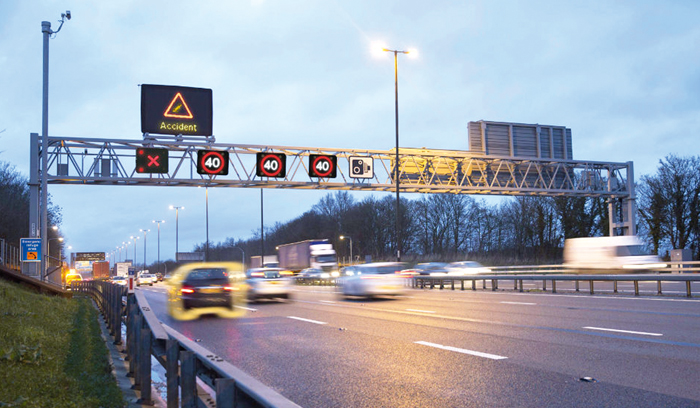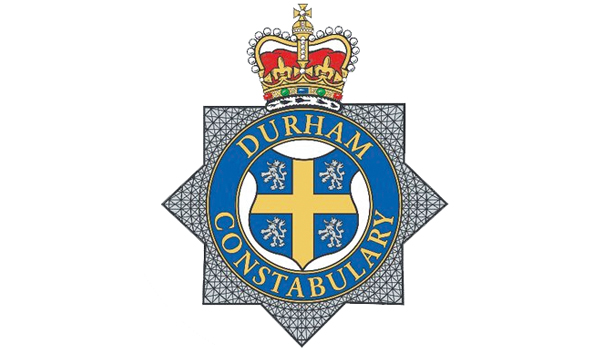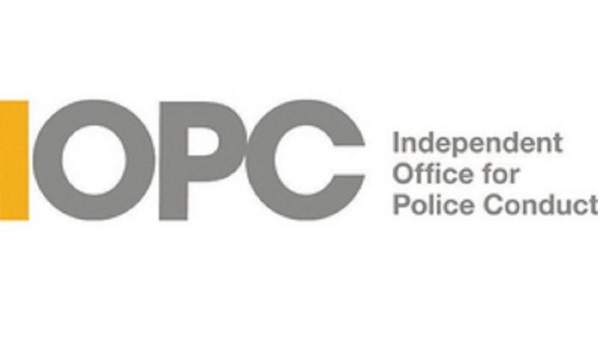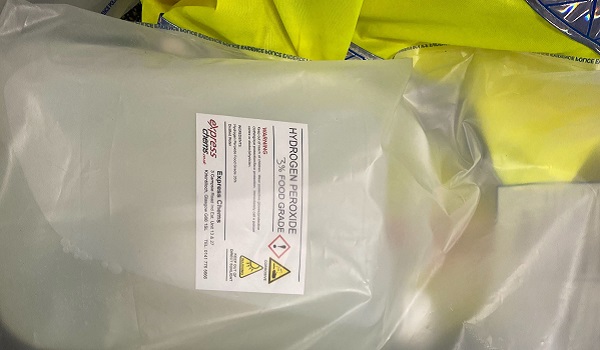Progress on smart motorway safety targets
Three targets to boost smart motorway safety by the end of September have been met but a fourth continues to be missed.
National Highways told the PA news agency that stopped vehicle detection (SVD) technology has been retrofitted to all smart motorways without a hard shoulder.
The Government-owned company said it has also completed the installation of additional signs showing the distance to the next emergency stopping area, and upgraded all enforcement cameras to enable detection of closed lane violations.
But it admitted that a 10-minute response time target for reaching stopped vehicles has still not been achieved.
These goals were all expected to be achieved by the end of last month.
Smart motorways involve various methods to manage the flow of traffic, such as converting a hard shoulder into a live running lane.
This is known as all lane running (ALR), which is used by National Highways to boost capacity in a cheaper way than widening roads.
But major safety concerns have been raised following fatal incidents involving vehicles stopped in traffic being hit from behind.
Then-transport secretary Grant Shapps published an “action plan” in March 2020 which set out a series of new safety measures.
National Highways’ second year progress report in May stated that four of those would be in place by the end of September.
SVD technology is designed to detect a stopped vehicle in a live lane in around 20 seconds through radar units monitoring motorway traffic in both directions.
An alert is sent to a control room operator who can view the incident on a camera, activate lane closure signs on gantries and despatch personnel.
More than 700 additional signs were installed by the end of last month so drivers will almost always be able to see the distance to the next emergency stopping place.
A commitment to upgrade 95 cameras which enforce red X lane closure signs – used when a vehicle is stopped in a live lane – by the same deadline was also met.
The upgrade means the cameras give police the ability to issue £100 fines to drivers who ignore the signs without catching them in the act.
National Highways initially committed to reducing the average time it takes to reach vehicles stopped in live lanes where emergency areas are more than one mile apart from 17 minutes in 2020 to 10 minutes by July 2021.
After failing to accomplish that goal, it said in May that “we expect to achieve our aim to meet the 10-minute average response time by the end of September 2022”.
Efforts to meet the target include buying new patrol vehicles, recruiting more traffic officers and introducing “satellite traffic officer outstations” around the busiest smart motorway sections.
But figures for August – the most recent available – show the average response time was 10 minutes and 29 seconds.
National Highways chief executive Nick Harris said: “We can confirm today that we’ve delivered on important commitments made as part of the 2020 stocktake, including, in particular, putting stopped vehicle detection technology in place on existing all lane running smart motorways.
“Clearly this is not the end of our work and we will continue to deliver further improvements to help ensure people feel safe and confident when using our roads.
“This includes plans to install additional emergency areas.
“Safety is at the forefront of every decision we make at National Highways and we’re committed to constantly raising the bar when it comes to the safety of everyone on our network.”
RAC head of roads policy Nicholas Lyes said the roll-out of SVD systems “should, in theory, ensure that vehicles stopping in live lanes are detected as quickly as possible”.
He continued: “It is now vitally important to bring down the response time to ensure that drivers are adequately protected.
“The other issue for the Government is that these types of smart motorway have a huge image problem.”
AA president Edmund King said: “While we are encouraged by the update from National Highways on smart motorways, particularly over stopped vehicle detection, we still want to see more action on the plans to retrofit more emergency refuge areas which we have consistently called for.
“Providing more places will help drivers in breakdown scenario get out of the live lane and improve safety across the network.”
Prime Minister Liz Truss replied “yes” when asked if she would stop smart motorways amid safety concerns during Conservative leadership hustings in north-west London in August.
National Highways figures show an annual average of nine people were killed or seriously injured in crashes involving stopped vehicles on ALR smart motorways between 2016 and 2020, at a rate of 0.19 victims per hundred million vehicle miles.
On conventional motorways, the rate was 0.09.







